Installation

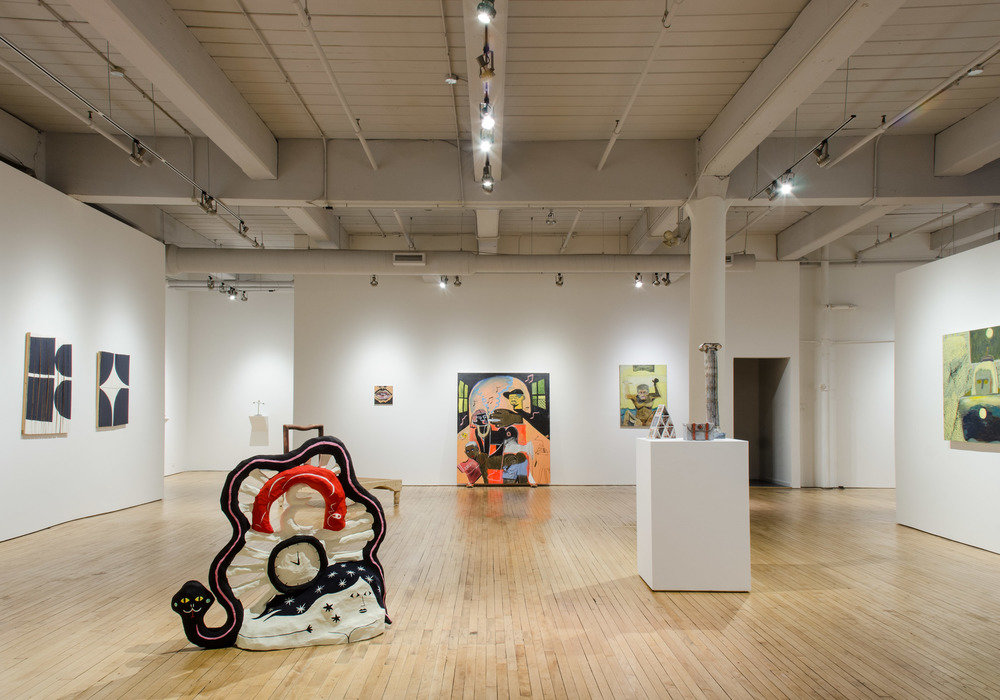
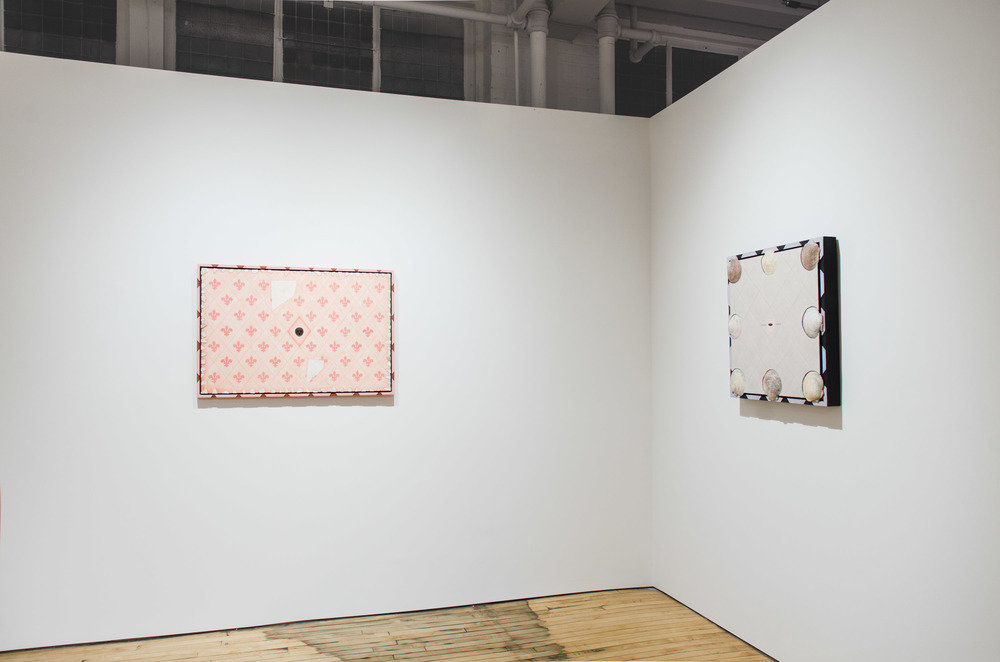
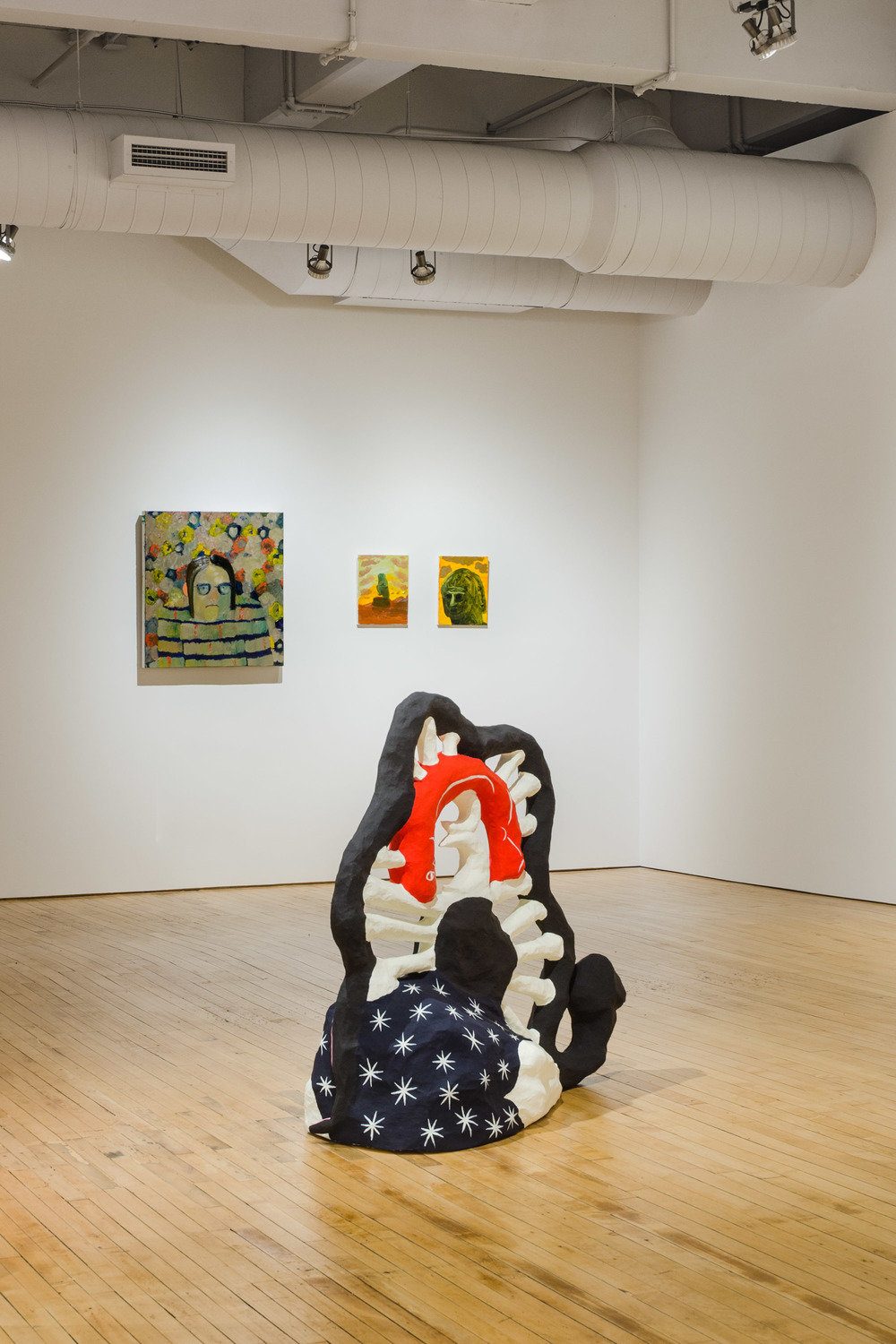
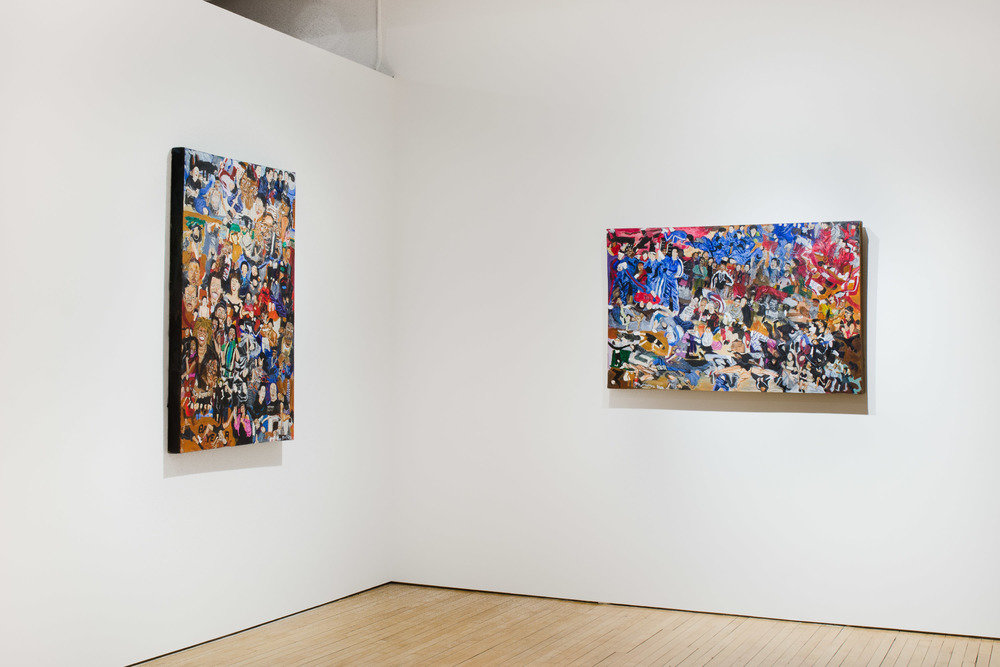
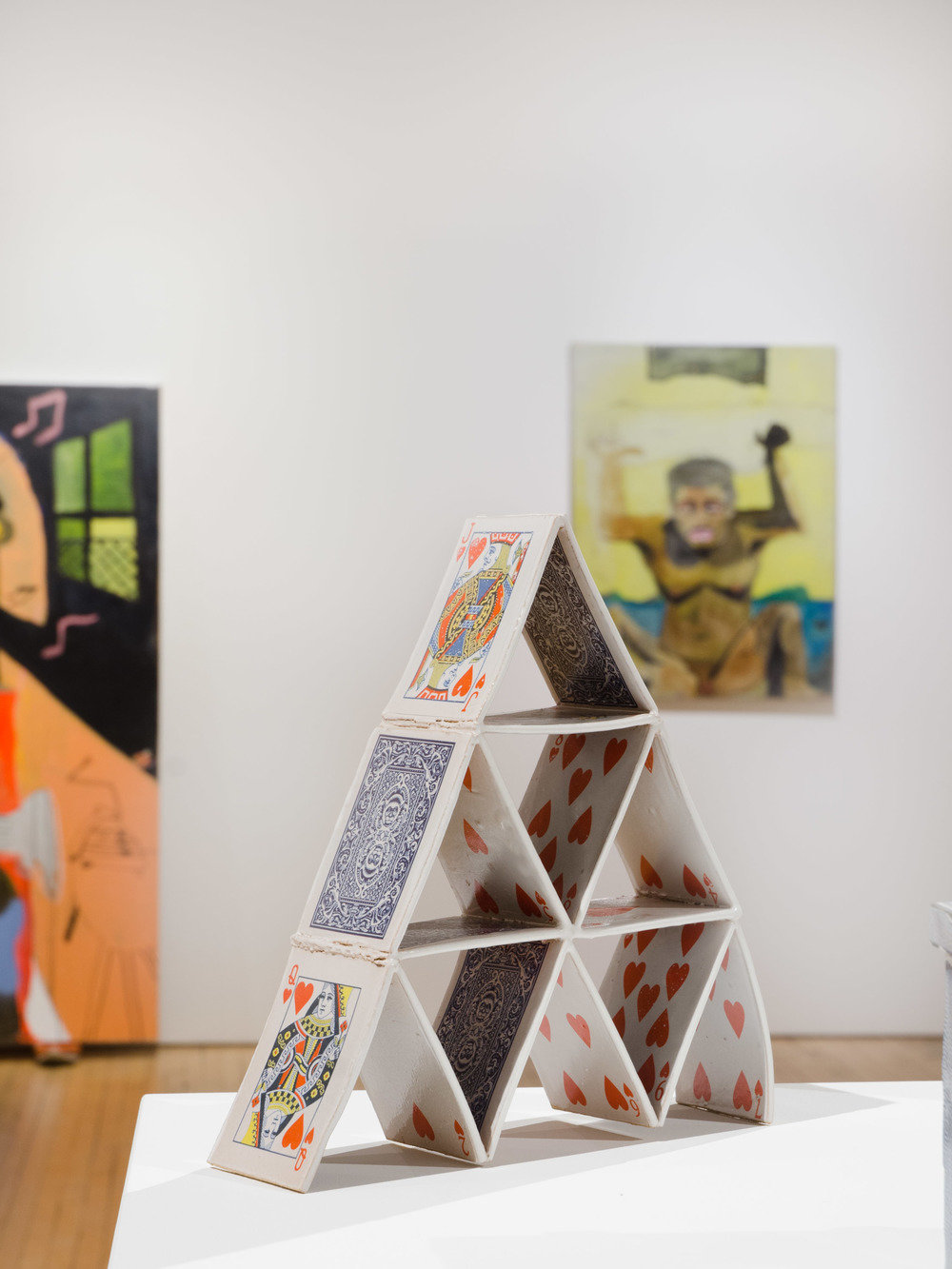
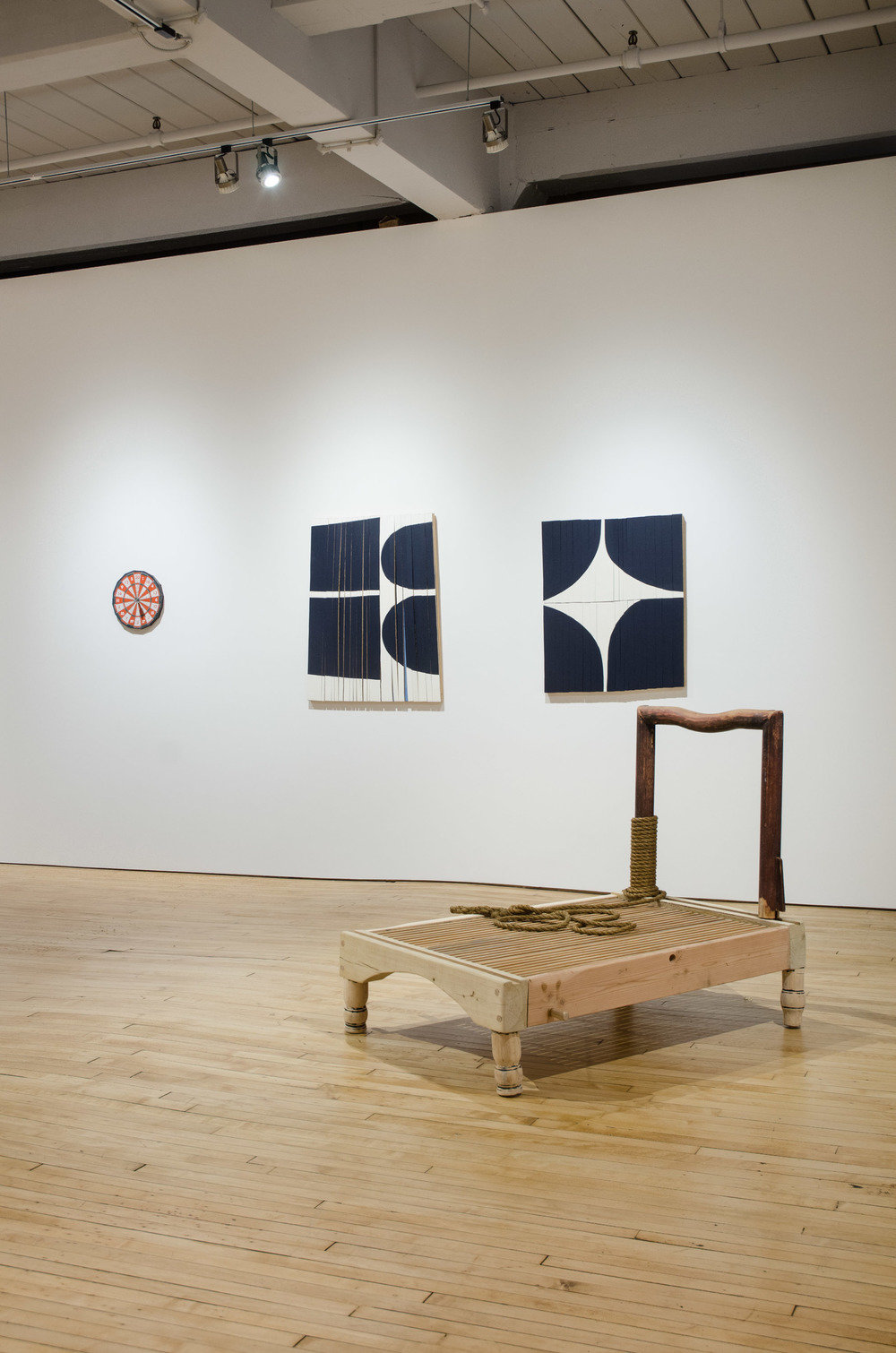
Nov 18, 2016 — Jan 28, 2017
Featuring work by: Emilia Brintnall, Jonathan Lyndon Chase, Michael Ryan Handley, Morgan Hobbs, Nick Lenker, James Maurelle, Anne Minich, Lisi Raskin, Jaither West, Ashley Wick
Person, Place or Thing is a broadly conceived exhibition of Philadelphia artists* allowing for open-ended interpretation and various avenues of discovery. Taking its title from the umbrella definition of “noun,” much of the work in Person, Place or Thing is figurative, representational, and autobiographical. Several of the artists also work within a loose theme of animation, giving life to objects and images through a variety of means including painting, sculpture, and moving images.
Jonathan Lyndon Chase paints black, queer bodies in intimate, sometimes claustrophobic, settings making and awaiting love, or simply going about their lives. Chase’s is a hybrid practice ranging across painting, drawing, collage, and sculpture, often within the same work.
Exploring queer objects rather than queer figures, Lisi Raskin’s painted constructions are loosely based on the Ellsworth Kelly paintings that Raskin encountered at the Philadelphia Museum of Art. Raskin identifies with Kelly as a fellow “queer formalist,” and pays homage to the abstract master with painted objects made from recycled plywood from previous art installations.
Nick Lenker is currently developing an ambitious, autobiographical installation exploring the presentation of self within the virtual world of social media. The ceramic objects shown here—components of this larger work in progress—are otherworldly, polygonal things that seem both handmade and mechanically produced. Each object is created as a symbol with personal significance for Lenker, while also suggesting the inherent confusion of the real and the virtual in our current moment.
Like Chase, Morgan Hobbs often focuses on domestic interiors, transforming the mundane spaces and objects of her environment into charged, gesturally painted images employing unusual perspectives. Hobbs paints awkwardly charming compositions with an exuberant handling of paint, breathing life into the quotidian.
While Hobbs and Chase explore private interior spaces, Michael Ryan Handley directs his attention outward to the great outdoors. Handley’s minimal paintings, composed of metallic gold, paint-pen drawings of rocky landscapes on monochrome supports, are the outcome of a 300-mile walking performance through the mountains of Utah.
Ashley Wick uses painting for her stop-motion animations and often incorporates sculpture and installation in her video presentations. Unsettling and disturbing, Wick’s painted, moving images are also whimsical in the way in which fairy tales synthesize the playful and the dark. Wick incorporates her own voice, using spoken word and song as a complement to visual narrative.
Emilia Brintnall makes papier-mâché creatures that pair well with Wick’s absurdist sensibility. Taking her cue from craft-art juvenilia and Niki de Saint Phalle’s polychromed, fantastical figures, Brintnall creates critters that have attributes of both animals and humans. From Greek, Egyptian, and Indian mythology to Beatrix Potter and Japanese Anime, humans have had a long, deep interest in exploring interspecies hybrids and Brintnall’s work reflects this tradition.
James Maurelle’s wooden and metal sculptures evolve out of his experiences in manual labor, where he once worked as a plumber’s assistant and a contractor. Using an array of construction materials, his sculptures relate to the body in their scale and disposition. The works included in Person, Place or Thing resemble human beings—Maurelle refers to them as portraits.
Jaither West’s paintings engage with both homage and reportage. West, an avid breakdancer, pays tribute to the early history of hip-hop for inspiration, painting the personalities of hip-hop’s golden era. West also paints from current events and daily life, including political campaigns and his daily commute on public transit.
Anne Minich views the paintings included in Person, Place or Thing as framing devices for found objects. Recessing objects such as ceramic shards, seashells, a glass stopper, and a bezel into wooden panels, Minich then builds painted compositions around them. Her paintings explore eroticism, sexuality, and autobiography, often filtered through Christian mythologies. The things embedded in her paintings are gifts from friends imbued with meanings associated with particular life events.
*one of the ten featured artists, Lisi Raskin, re-located during the planning of this exhibition to Providence, RI, to take a faculty position at Rhode Island School of Design.






